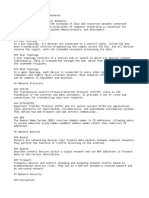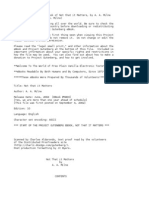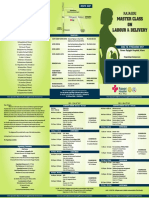0% found this document useful (0 votes)
9 views4 pagesComputer Network Competitive Notes
This document provides comprehensive notes on computer networks, covering topics such as types of networks, topologies, devices, models, protocols, IP addressing, security, wireless networking, cloud computing, IoT, important commands, and troubleshooting common network issues. It highlights the advantages of networking, the functions of various devices, and essential protocols for data transmission. Additionally, it addresses network security measures and the significance of cloud computing and IoT in modern networking.
Uploaded by
Deepak KumarCopyright
© © All Rights Reserved
We take content rights seriously. If you suspect this is your content, claim it here.
Available Formats
Download as PDF, TXT or read online on Scribd
0% found this document useful (0 votes)
9 views4 pagesComputer Network Competitive Notes
This document provides comprehensive notes on computer networks, covering topics such as types of networks, topologies, devices, models, protocols, IP addressing, security, wireless networking, cloud computing, IoT, important commands, and troubleshooting common network issues. It highlights the advantages of networking, the functions of various devices, and essential protocols for data transmission. Additionally, it addresses network security measures and the significance of cloud computing and IoT in modern networking.
Uploaded by
Deepak KumarCopyright
© © All Rights Reserved
We take content rights seriously. If you suspect this is your content, claim it here.
Available Formats
Download as PDF, TXT or read online on Scribd
/ 4
























































































